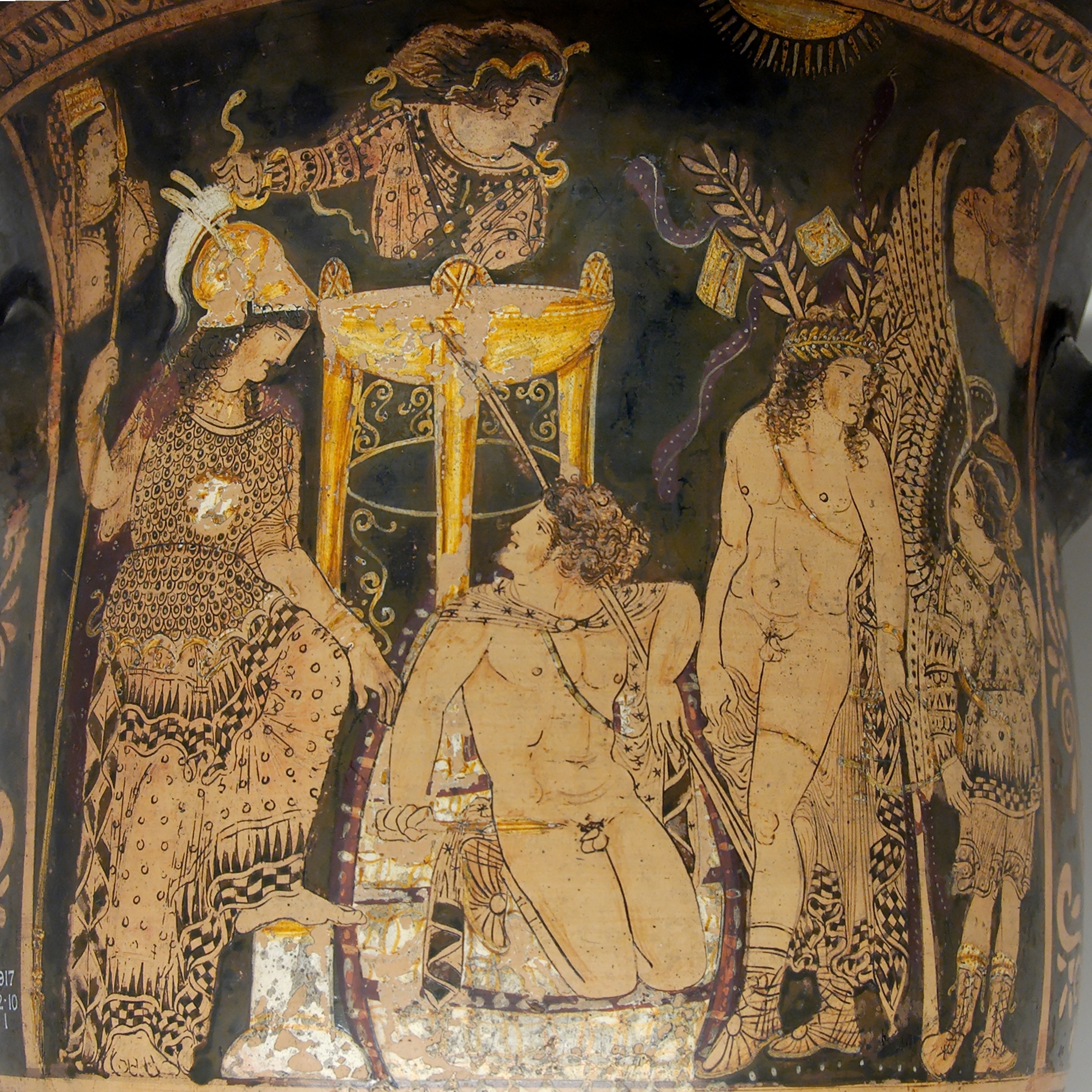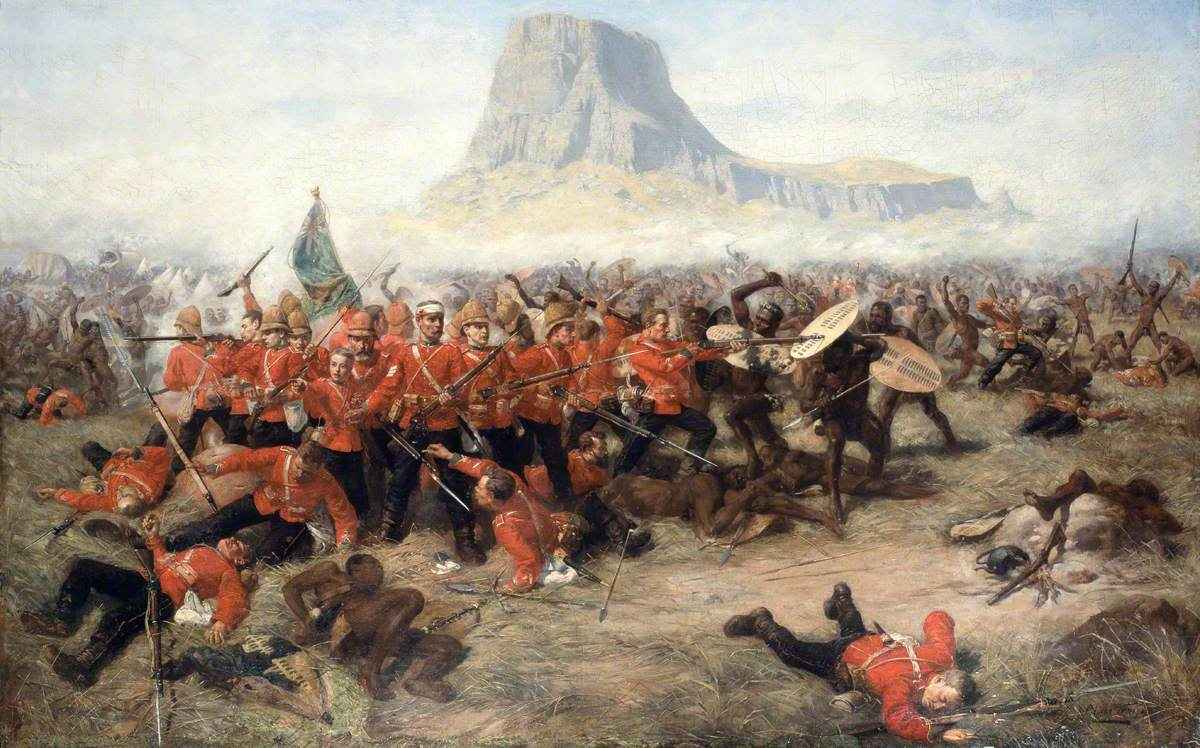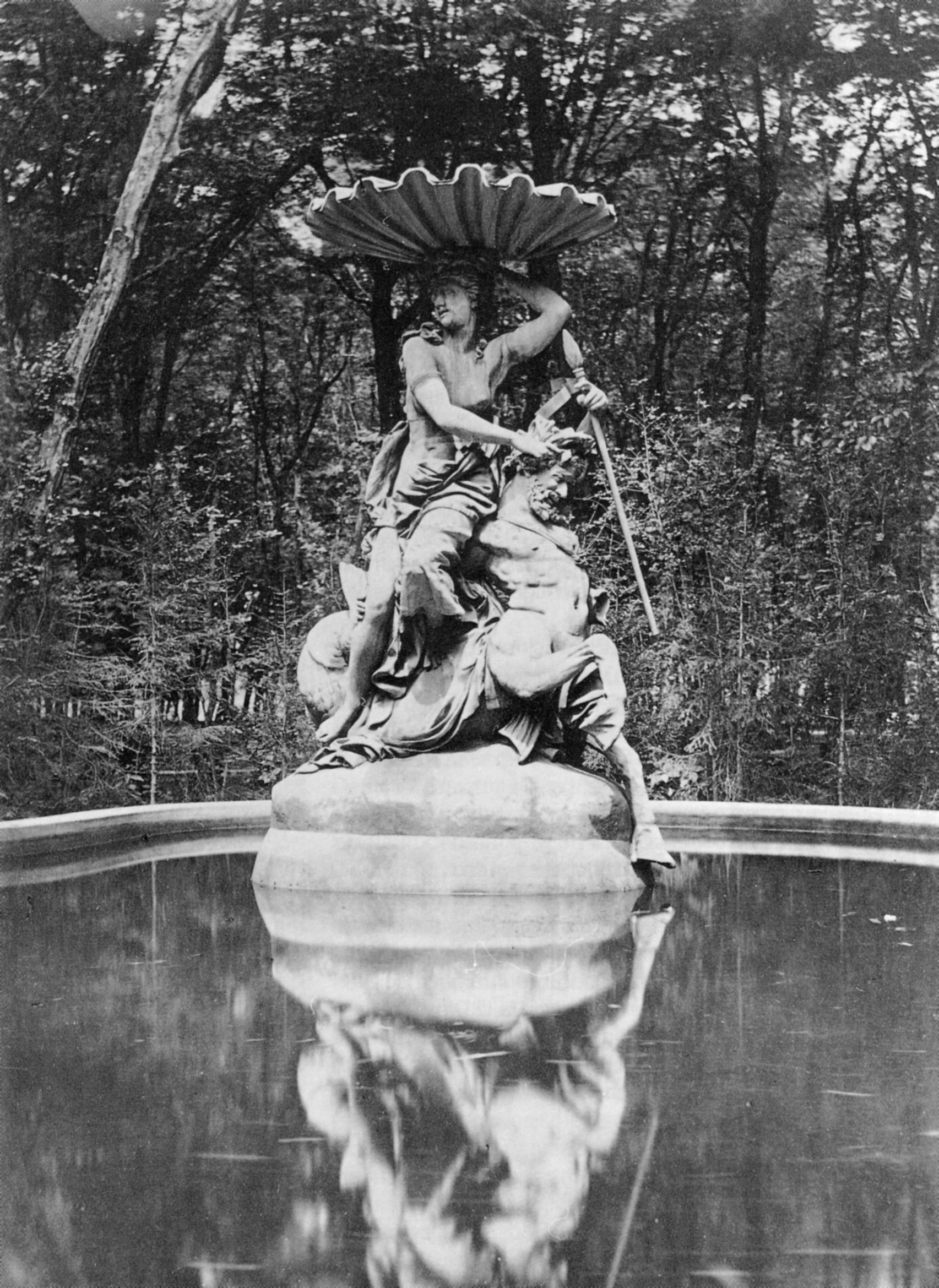|
Carl Johann Steinhäuser
Carl Johann Steinhäuser (3 July 1813 – 9 December 1879) was a noted German sculptor in the classical style. Steinhäuser was born in Bremen, the eldest son of a wood carver and sculptor. There he studied in the School of Drawing under painter and illustrator Stephen Messerer, then under Christian Rauch at the Berliner Akademie der Künste in Berlin. From 1835 to 1863 he lived in Rome, where he studied with Bertel Thorvaldsen, then served as professor of art at Karlsruhe until his death. Today he is best known for his Bremen memorials to Heinrich Wilhelm Matthäus Olbers and Johann Smidt, his Weimar sculpture of ''Goethe mit der Psyche'', and his ''Hermann and Dorothea'' in Karlsruhe. Steinhäuser's work is represented in the United States by the "Angel of the Resurrection" for the Burd Family Memorial, commissioned in 1849 for the interior of St. Stephen's Episcopal Church (Philadelphia), St. Stephen's Episcopal Church in Philadelphia, and for a copy of his ''Orestes#Ores ... [...More Info...] [...Related Items...] OR: [Wikipedia] [Google] [Baidu] |
Carl Steinhäuser
Carl may refer to: *Carl, Georgia, city in USA *Carl, West Virginia, an unincorporated community *Carl (name), includes info about the name, variations of the name, and a list of people with the name *Carl², a TV series * "Carl", List of Aqua Teen Hunger Force episodes, an episode of television series ''Aqua Teen Hunger Force'' * An informal nickname for a student or alum of Carleton College CARL may refer to: *Canadian Association of Research Libraries *Colorado Alliance of Research Libraries See also *Carle (other) *Charles *Carle, a surname *Karl (other) *Karle (other) {{disambig ja:カール zh:卡尔 ... [...More Info...] [...Related Items...] OR: [Wikipedia] [Google] [Baidu] |
Orestes
In Greek mythology, Orestes or Orestis (; ) was the son of Agamemnon and Clytemnestra, and the brother of Electra and Iphigenia. He was also known by the patronymic Agamemnonides (), meaning "son of Agamemnon." He is the subject of several Ancient Greek plays and of various myths connected with his madness, revenge, and purification, which retain obscure threads of much older works. In particular Orestes plays a main role in Aeschylus' '' Oresteia.'' Etymology The Greek name Ὀρέστης, having become "Orestēs" in Latin and its descendants, is derived from Greek ὄρος (óros, "mountain") and ἵστημι (hístēmi, "to stand"), and so can be thought to have the meaning "stands on a mountain". Greek literature Homer In the Homeric telling of the story, Orestes is a member of the doomed house of Atreus, which is descended from Tantalus and Niobe. He is absent from Mycenae when his father, Agamemnon, returns from the Trojan War with the Trojan princess Cass ... [...More Info...] [...Related Items...] OR: [Wikipedia] [Google] [Baidu] |
19th-century German Sculptors
The 19th century began on 1 January 1801 (represented by the Roman numerals MDCCCI), and ended on 31 December 1900 (MCM). It was the 9th century of the 2nd millennium. It was characterized by vast social upheaval. Slavery was Abolitionism, abolished in much of Europe and the Americas. The First Industrial Revolution, though it began in the late 18th century, expanded beyond its British homeland for the first time during the 19th century, particularly remaking the economies and societies of the Low Countries, France, the Rhineland, Northern Italy, and the Northeastern United States. A few decades later, the Second Industrial Revolution led to ever more massive urbanization and much higher levels of productivity, profit, and prosperity, a pattern that continued into the 20th century. The Catholic Church, in response to the growing influence and power of modernism, secularism and materialism, formed the First Vatican Council in the late 19th century to deal with such problems an ... [...More Info...] [...Related Items...] OR: [Wikipedia] [Google] [Baidu] |
1813 Births
Events January–March * January 5 – The Danish state bankruptcy of 1813 occurs. * January 18– 23 – War of 1812: The Battle of Frenchtown is fought in modern-day Monroe, Michigan between the United States and a British and Native American alliance. * January 24 – The Philharmonic Society (later the Royal Philharmonic Society) is founded in London. * January 28 – Jane Austen's '' Pride and Prejudice'' is published anonymously in London. * January 31 – The Assembly of the Year XIII is inaugurated in Buenos Aires. * February – War of 1812 in North America: General William Henry Harrison sends out an expedition to burn the British vessels at Fort Malden by going across Lake Erie via the Bass Islands in sleighs, but the ice is not hard enough, and the expedition returns. * February 3 – Argentine War of Independence: José de San Martín and his Regiment of Mounted Grenadiers gain a largely symbolic victory agains ... [...More Info...] [...Related Items...] OR: [Wikipedia] [Google] [Baidu] |
1879 Deaths
Events January * January 1 ** The Specie Resumption Act takes effect. The United States Note is valued the same as gold, for the first time since the American Civil War. ** Brahms' Violin Concerto (Brahms), Violin Concerto is premiered in Leipzig with Joseph Joachim as soloist and the composer conducting. * January 11 – The Anglo-Zulu War begins. * January 22 – Anglo-Zulu War – Battle of Isandlwana: A force of 1,200 British soldiers is wiped out by over 20,000 Zulu warriors. * January 23 – Anglo-Zulu War – Battle of Rorke's Drift: Following the previous day's defeat, a smaller British force of 140 successfully repels an attack by 4,000 Zulus. February * February 3 – Mosley Street in Newcastle upon Tyne (England) becomes the world's first public highway to be lit by the electric incandescent light bulb invented by Joseph Swan. * February 8 – At a meeting of the Royal Canadian Institute, engineer and inventor Sandford Fleming first prop ... [...More Info...] [...Related Items...] OR: [Wikipedia] [Google] [Baidu] |
Heinrich Wilhelm Matthias Olbers
Heinrich Wilhelm Matthias Olbers (; ; 11 October 1758 – 2 March 1840) was a German astronomer. He found a convenient method of calculating the orbit of comets, and in 1802 and 1807, discovered the second and the fourth asteroids Pallas and Vesta. Life and career Olbers was born in Arbergen, Germany, today part of Bremen, and studied to be a physician at Göttingen (1777–1780). While he was at Göttingen, he studied mathematics with Abraham Gotthelf Kästner. In 1779, while attending to a sick fellow student, he devised a method of calculating cometary orbits which made an epoch in the treatment of the subject, as it was the first satisfactory method of calculating cometary orbits. After his graduation in 1780, he began practicing medicine in Bremen. At night he dedicated his time to astronomical observation, making the upper story of his home into an observatory. In 1800, Olbers was one of 24 astronomers invited to participate in the group known as the " celestial pol ... [...More Info...] [...Related Items...] OR: [Wikipedia] [Google] [Baidu] |
Karl Friedrich Moest
Karl Friedrich Moest (also Carl Friedrich Moest: 26 March 1838 - 14 August 1923) was a German sculptor. Life Moest was born in Gernsbach, a short distance to the east of Baden-Baden. He learned drawing skills, etching on copper and steel, how to use a chisel, marquetry and wood carving from his father, who was a Gunsmith. His first employment was in Pforzheim where he worked in a silverware factory as a modeller and engraver.Wilhelm Kaulen: Freund und Leid im Leben deutscher Künstler, Christian Winter, Frankfurt 1878, Later, he was making molds for the decorative coverings attached to the top parts of corks on bottles of expensive wine. For several years he worked intensively in order to be able to finance his higher education, but this appears to have exhausted him, and two months after enrolling at the Technical University of Munich he succumbed to typhoid. He returned to his home town to convalesce and then enrolled at the nearby Karlsruhe Technical Academy to study ... [...More Info...] [...Related Items...] OR: [Wikipedia] [Google] [Baidu] |
Otto Lessing (sculptor)
Otto Lessing (24 February 1846 – 22 November 1912) was a prominent German Historicist (art), Historicist sculptor whose work largely shaped the appearance of Berlin in the late 19th and early 20th centuries. He was the son of history and landscape painter Carl Friedrich Lessing and the great great nephew of poet Gotthold Ephraim Lessing.Jörg Kuhn: ''Otto Lessing 1846–1912'' (Berlin: Freie Universität, 1994Online summary Lessing created sculpture and decorative architectural elements on the façades and interiors of many important buildings in Germany, such as the Reichstag (building), Reichstag, Berlin Cathedral and the Reichsgericht (Supreme Court) in Leipzig. In addition to large public contracts, he also designed commercial buildings and residential villas. At the height of his career in 1911, Lessing was appointed to the Senate of the Prussian Academy of Arts and awarded the Pour le Mérite in Science and Arts (), Germany's highest civilian decoration. [...More Info...] [...Related Items...] OR: [Wikipedia] [Google] [Baidu] |
List Of Public Art In Philadelphia
This is a list of public artworks in Philadelphia. The Association for Public Art estimates the city has hundreds of public artworks; the Smithsonian lists more than 700. Since 1959 nearly 400 works of public art have been created as part of the city's Percent for Art program, the first such program in the U.S. This list contains only works of public art in outdoor public spaces, and not, for example, works inside museums. Most of the works mentioned are sculptures. Most monuments to historical figures are of men. Of about 1,500 city-owned statues and public monuments, just four are of real women. Artworks Center City and Benjamin Franklin Parkway Fairmount Park and Schuylkill River Including Philadelphia Museum of Art, East Fairmount Park, Laurel Hill Cemetery, West Fairmount Park, and Philadelphia Zoo. ... [...More Info...] [...Related Items...] OR: [Wikipedia] [Google] [Baidu] |
Schlossgarten (Karlsruhe)
The Karlsruhe ''Schlossgarten'' (engl. palace garden), also called ''Schlosspark'' (engl. palace park), is a landscape park situated north of the Karlsruhe Palace in the center of Karlsruhe. It represents an extension of the palace grounds to the north, serves the people as a local holiday spot and is regularly used for events. Location The ''Schlossgarten'' lays in the center of the radial urban layout of the city on the north side of the palace on the former territory of the Hardtwald, which adjoins the garden to the north. The palace garden is part of the landscape conservation area ', which extends to the city limits and passes in the neighbouring district of Karlsruhe into the landscape conservation area ''Landschaftsschutzgebiet Hardtwald nördlich von Karlsruhe'' north of Karlsruhe. Thus, a 15-kilometer-long protected park and woodland area begins directly at Karlsruhe's city center, which is also designated as Habitats Directive, habitat ''Hardtwald zwischen Graben und ... [...More Info...] [...Related Items...] OR: [Wikipedia] [Google] [Baidu] |






